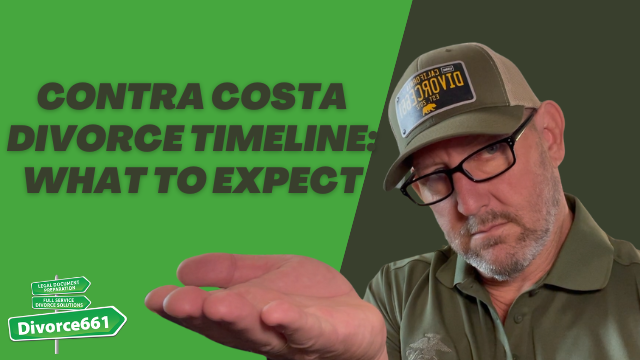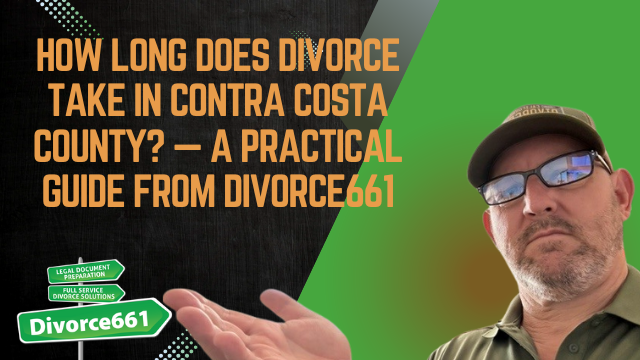How Long Does Divorce Take in Lancaster? Understanding California’s Six-Month Timeline
The single rule that controls timing
California requires a six-month waiting period for all divorces. That clock starts the moment the spouse is served or when they file a response. No matter how ready you are, the court will not finalize a divorce before the six-month mark.
The real factor that controls how long your case actually takes
The legal waiting period is fixed. What most people don’t realize is that paperwork efficiency is the practical game changer. Getting every form filled out correctly, filing financial disclosures, and preparing a settlement agreement ahead of time means your case can be approved as soon as the waiting period ends.
Filing electronically and avoiding common errors often allows a case to be finalized right at the six-month mark instead of lingering for months longer.
Key paperwork that speeds things up
- E-filing so documents hit the court immediately and accurately
- Complete financial disclosures—income, assets, debts, and tax information
- Settlement agreements that clearly outline property division, support, and any custody arrangements if relevant
- Accurate signatures, properly dated forms, and correct filing fees
Common paperwork pitfalls that cause long delays
Even small mistakes lead to rejected filings and repeated resubmissions. Typical problems include incomplete forms, missing signatures, incorrect attachment of exhibits, and e-filing formatting errors. Each rejection not only delays the process but can add weeks or months before the case is ready for finalization.
An example from Lancaster: delayed for nearly a year, fixed in days
A Lancaster couple spent almost a year trying to finalize their divorce on their own. Their paperwork was rejected multiple times and the case stalled. With professional help, their documents were corrected and refiled in days. Because all required disclosures and settlement terms were in order, the court approved the case as soon as the six-month waiting period ended.
This shows how expert guidance and attention to detail can turn an extended, frustrating process into one that finishes on time.
How to make sure your divorce is approved as quickly as legally possible
Follow a clear, organized plan:
- Start the timeline by properly serving your spouse or filing a response.
- Complete and exchange financial disclosures early so there are no surprises.
- Draft and finalize a settlement agreement if the divorce is amicable.
- Use electronic filing when possible and verify court-specific requirements.
- Double-check every form for signatures, dates, and required attachments before submission.
- Consider professional assistance to prevent rejections and keep the case moving.
Quick checklist
- Initiate service or file your response to start the six-month clock
- Prepare financial disclosures early
- Finalize settlement documents before the waiting period ends
- Use e-filing and confirm court formatting and fee requirements
- Get a professional review to avoid preventable rejections
Final thoughts
The six-month waiting period in California is nonnegotiable, but the time between filing and final judgment doesn’t have to be unpredictable. By managing paperwork efficiently and getting the right guidance, many Lancaster cases finish exactly when they should—at six months.
Take control of your timeline. If you want help making sure everything is filed correctly and on time, professional services can correct mistakes quickly and keep your case moving toward a timely conclusion.
Need help? For a free consultation and flat-fee services that handle e-filing, disclosures, and settlement preparation, visit Divorce661.com.










